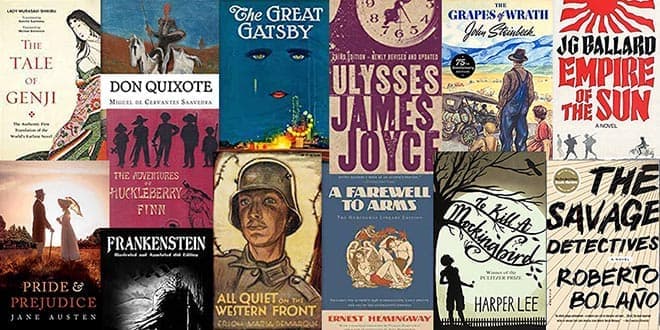Dive into the world of literature with the top novels of 1934. Explore the finest literary works from that year, uncovering their impact and significance in this informative article. Top Novels of 1934 .In the realm of literature, certain years stand out for their exceptional contributions to the written word. The year 1934 was no exception, as it witnessed the emergence of several literary gems that have left a lasting impact on readers and critics alike.
This article delves into the depths of the past to rediscover the top novels of 1934, exploring their narrative brilliance, social commentary, and artistic significance. Join us on this journey as we navigate through the literary landscape of a remarkable year. List of The New York Times number-one books
A Glimpse into 1934
Before delving into the novels themselves, let’s set the stage by understanding the context of the year 1934. This year was marked by significant historical events, including the aftermath of the Great Depression, political changes, and cultural shifts.Top Novels of 1934 . Authors were inspired by the world around them, using their pens to reflect and critique the society they lived in. As we explore the top novels of 1934, we’ll gain insights into the era’s prevailing themes, aspirations, and challenges.
“Tender Is the Night” by F. Scott Fitzgerald:
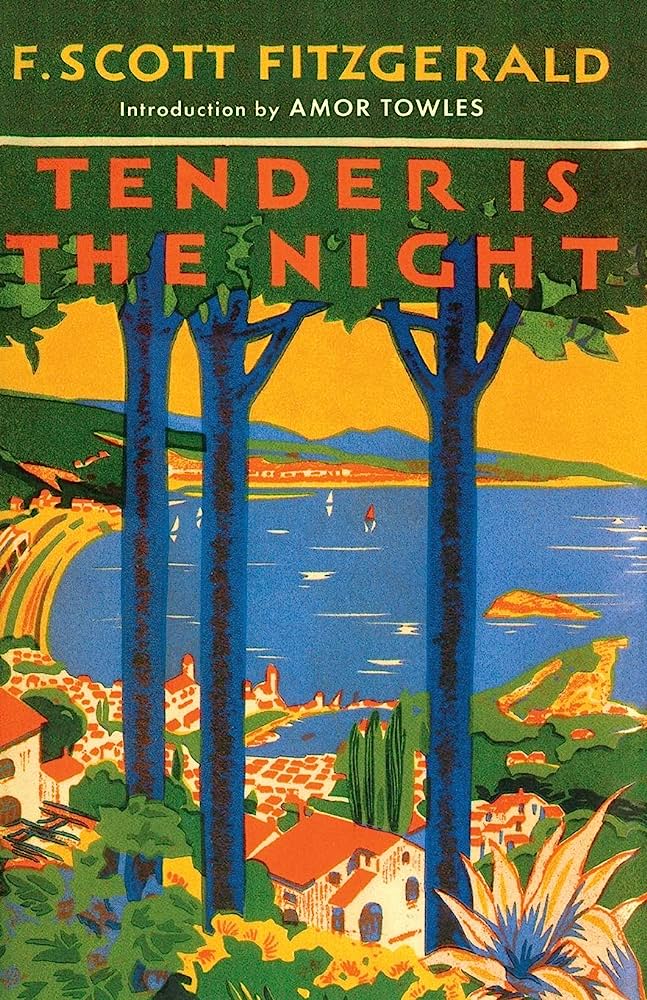
The novel follows the lives of Dick and Nicole Diver, an American couple living in the French Riviera. The story explores their tumultuous marriage and the emotional complexities that arise when they become involved with a young actress named Rosemary.
“Murder on the Orient Express” by Agatha Christie:

Hercule Poirot, the renowned detective, is traveling on the luxurious Orient Express when a fellow passenger is murdered. Poirot must unravel the web of lies and secrets among the passengers to identify the culprit. A novel by Agatha Christie:
“Appointment in Samarra” by John O’Hara:

Set in 1930s Pennsylvania, the novel tells the tragic tale of Julian English, a wealthy man who self-destructs over a few days due to his impulsive actions and social downfall.
“Goodbye to Berlin” by Christopher Isherwood:
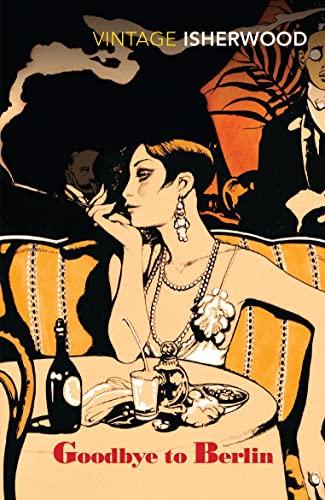
The novel is a collection of interconnected stories set in 1930s Berlin, capturing the lives and struggles of various characters, including Sally Bowles, a young cabaret performer.
The Postman Always Rings Twice” by James M. Cain:
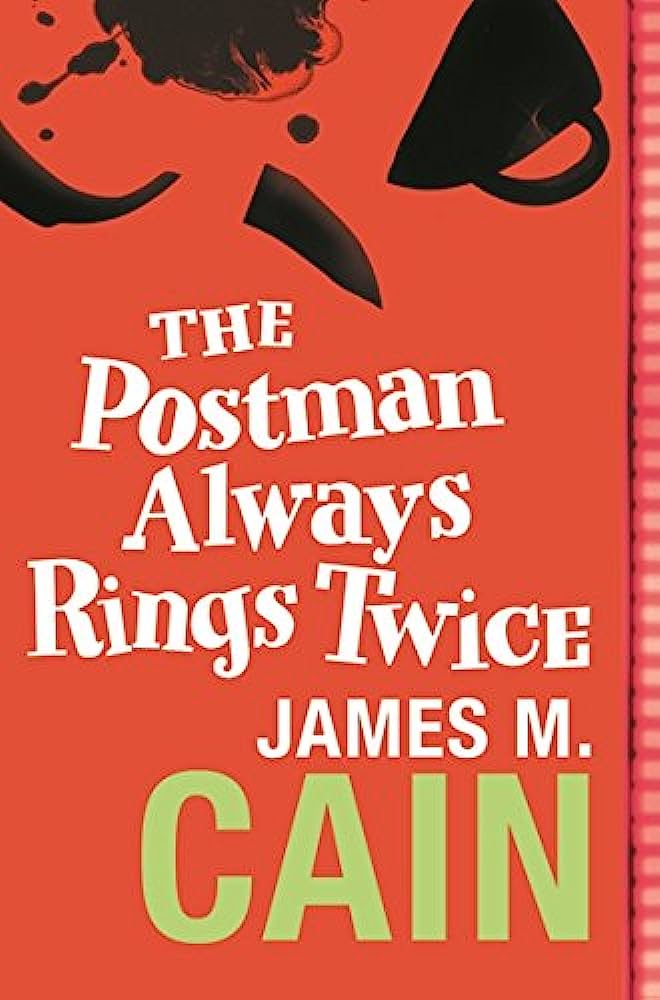
A drifter becomes involved in a passionate and dangerous affair with a married woman at a roadside diner. The affair leads to a series of dark and suspenseful events, including murder.
“Of Mice and Men” by John Steinbeck:

This novella revolves around George and Lennie, two displaced ranch workers during the Great Depression. It explores their friendship and the challenges they face while trying to achieve their dreams.
The Thin Man” by Dashiell Hammett:
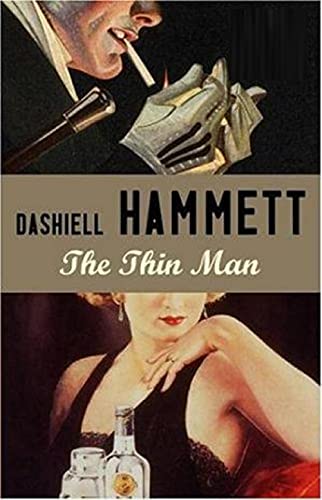
Nick and Nora Charles, a witty and wealthy couple, get entangled in a murder case when a former client’s inventor husband goes missing. Their sleuthing skills lead them through a complex web of mystery.
“The Case of Charles Dexter Ward” by H.P. Lovecraft:

In this horror novel, a young man named Charles Dexter Ward becomes obsessed with his ancestor, who was involved in dark occult practices. As he delves deeper into his ancestor’s secrets, he awakens malevolent forces.
“The Glass Key” by Dashiell Hammett:

A political boss’s right-hand man, Ned Beaumont, investigates the murder of his boss’s son, leading to a web of corruption, betrayal, and power struggles in a city dominated by crime.
“After Many a Summer Dies the Swan” by Aldous Huxley:

A millionaire named Jo Stoyte seeks immortality and youth through an experimental procedure. The novel explores themes of wealth, power, and the human pursuit of eternal life.
“The Nine Tailors” by Dorothy L. Sayers:
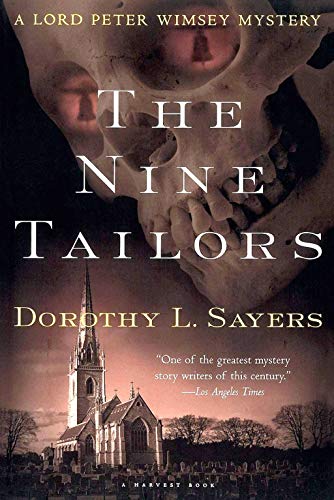
Lord Peter Wimsey, the aristocratic detective, finds himself embroiled in a case involving stolen emeralds, murder, and cryptic clues while assisting with bell-ringing at a country church.
Nineteen Nineteen” by John Dos Passos:

Part of the U.S.A. Trilogy, this novel depicts the lives of various characters during the post-World War I era, examining the societal changes and challenges of the time.
The Autobiography of Alice B. Toklas” by Gertrude Stein:

An unconventional “autobiography” written by Gertrude Stein from the perspective of her life partner, Alice B. Toklas, providing a unique insight into the bohemian art world of the time.
“Thank You, Jeeves” by P.G. Wodehouse:
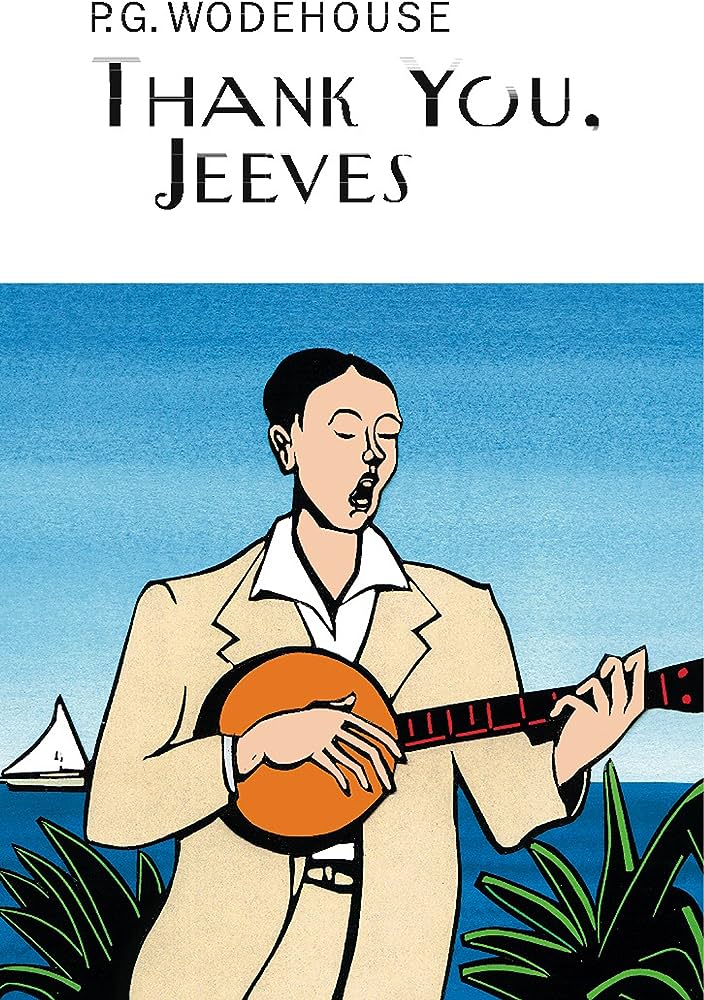
In this humorous novel, Bertie Wooster and his valet Jeeves find themselves entangled in various comedic situations and misunderstandings as Jeeves comes to the rescue using his exceptional intelligence.
FAQ 1: What makes “Tender Is the Night” a classic of American literature?
FAQ 2: Why is Agatha Christie’s “Murder on the Orient Express” so popular?
FAQ 3: How does “Goodbye to Berlin” contribute to LGBTQ+ literature?
FAQ 4: What societal issues does “Appointment in Samarra” address?
FAQ 5: How did the historical context of 1934 influence these novels?
FAQ 6: Are these novels still relevant to modern readers?
Top Novels of 1934 . Exploring the top novels of 1934 takes us on a captivating journey through the literary achievements of a remarkable year. From F. Scott Fitzgerald’s exploration of the Jazz Age to Agatha Christie’s gripping mystery, each novel offers a unique perspective on the human condition. As we continue to cherish these literary gems, we acknowledge their lasting impact on literature and society. Top Novels of 1934 . The power of storytelling, as demonstrated by the authors of 1934, reminds us of the enduring magic that lies within the written word.

